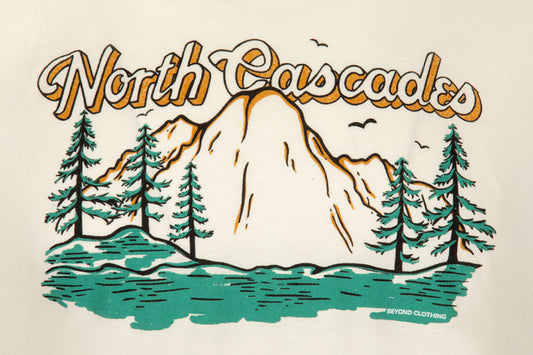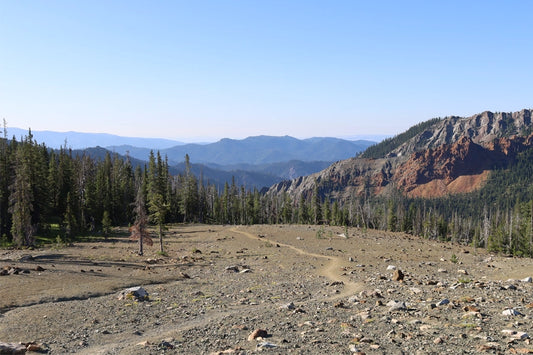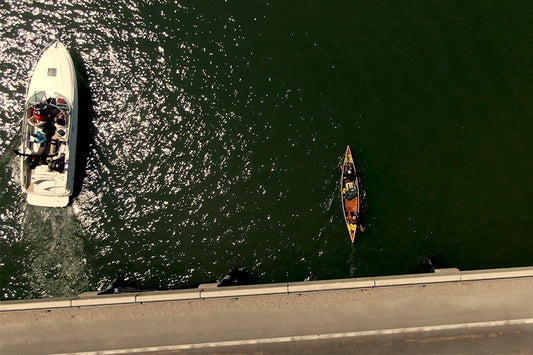Venturing into the backcountry is a much bigger commitment than driving to a campsite. If you've never done it before, it can be a little daunting. There are no stores in the backcountry for picking up the things you forgot. And if you're lucky, there won't be other campers, either.
But the reward of escaping civilization for your very own corner of wilderness makes up for the extra planning and work to get out there.
Simple Tips that Will Help You Ditch Your Car and Explore the Backcountry

In order to enjoy your first backcountry experience to the fullest, you'll need these three things.
1. The right information
You might be a regular pro when it comes to car camping, but that doesn’t mean you can rely on your trusted routine when camping in the backcountry.
Once you've chosen your backcountry camping location, you should collect as much information about the destination as possible.
Ask yourself the following questions:
- Do I need a backcountry planning permit for this particular park or recreation area?
- What sort of weather should I expect?
- What are the park rules? I.e. Is there currently a ‘burn ban’ in effect? Are campers allowed to gather wood?
- What kind of wildlife is in the area?
- How far is the nearest ranger station?
- Is there cell coverage in the area?
- Does the park allow overnight parking?
- Is it safe to leave my car in the lot while I venture into the backcountry?
The answers to these questions will leave you much better equipped to prepare for the conditions you'll be facing. Overwhelmed? Check out The Dyrt for valuable information on camping destinations all over the country, including backcountry sites. It's also wise to contact the nearest ranger station with any questions you can't find answers to.
2. The right mindset
 It's tempting to bite off more than you can chew with a lengthy stay in the backcountry. While longer trips are something you should definitely work towards, keep it short on your first time out.
It's tempting to bite off more than you can chew with a lengthy stay in the backcountry. While longer trips are something you should definitely work towards, keep it short on your first time out.
Try one, out-and-back night in a local park that you know well. Remember, practice makes perfect! And you don't want to be practicing with extreme conditions in unfamiliar territory. A quick backcountry trip to a familiar park will allow you to test out all your gear and procedures.
If you are camping solo, alert friends and family of your exact travel plans. If you're going with friends, take time to make sure everything understands the plans.
3. The right gear
Now that you’re in the right headspace to camp sans campground, take the time to amass the right gear. Here is a list of recommended backcountry gear to get your started:
- First aid kit, including medications and insect repellant. If you have time, take a wilderness first aid class before you head out.
- Fire starting equipment.
- Daily food, along with an emergency supply. We prefer light-weight, freeze-dried options like the ones from Mountain House.
- Layers of insulated waterproof clothing. Refer to our System Builder chart for tips on building a weather-appropriate and lightweight wardrobe.
- Durable tent that you've practiced setting up. Don't get out there and discover you're missing a piece.
- Tarp
- Rope or bungees
- Sleeping gear (bag and pad) that is rated for local temperature.
Once you’ve considered the above, you’re ready for your first backcountry excursion! It takes experience to truly feel prepared. Get out there and you'll undoubtedly learn a lesson or two for your next backcountry trip.






0 Comments